Claire van Rhyn
In an age where intracorporeal proximity has entered public awareness, governmental policy, and even the law, our day-to-day bodied experience has become tangible.
Drawing on awareness-based practices from choreography and dance improvisation, this research investigates the moving body as a modality for communicating social transitions.
The Participative Social Design approach uses a series of Collaborative Improvisation practices as a platform for communities to explore current realities and emergent futures.
Collaborative Improvisation is a body-led & participative Social Design approach which supports engagement and agency during participatory processes to develop open and plural education futures.
The research case studies focus on the use of Collaborative Improvisation to support youth changemaking by harnessing bodied ways of knowing to develop futures and systems agency.
Claire van Rhyn is a design researcher and educationalist with a distinctly post-disciplinary approach. She is currently a PhD candidate at the Royal College of Art, funded by the AHRC’s London Doctoral Design Centre. Her work investigates the body as modality of communication. Through employing a participative Social Design approach – influenced by choreographic thinking and awareness-based approaches – her research develops a Collaborative Improvisational methodology for supporting processes of social transition within educational communities.
She holds a MSc in Education Research with distinction from University of Exeter. As transition consultant, she has worked with numerous school communities, as well as in-service and pre-service teacher training. She has researched social cognition in schools with Universities of Cambridge, Exeter and Roehampton.
Claire is a member of the Presencing Institute’s Social Presencing Theatre research group. She is a Fellow of the Royal Society of Arts and a member of the Design Research Society. As Assistant Director for Shambhala Art Europe, she teaches and hosts workshops internationally on the subject of perception, embodiment and mindful-aware approaches to creativity. Claire’s early professional background is in Art Directing and Publishing Design.

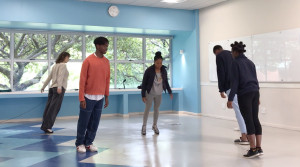

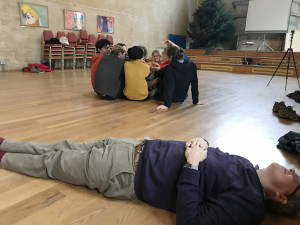
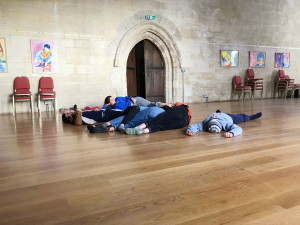
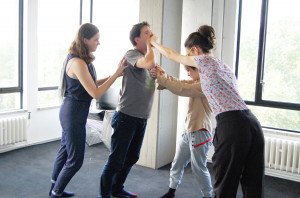
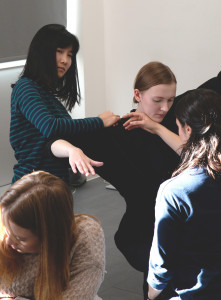
Conversation: where critical friends of itinerant space are invited to comment on journal submissions as part of an ongoing research dialogue.